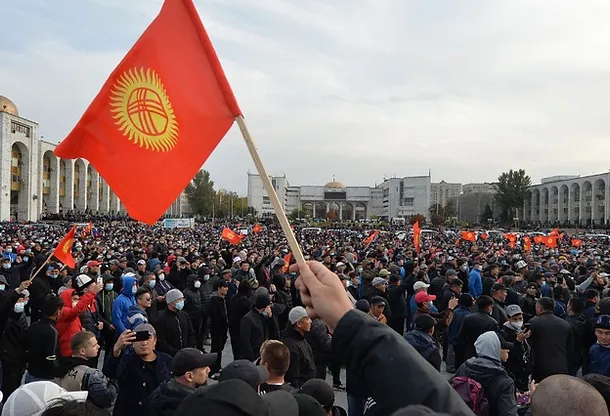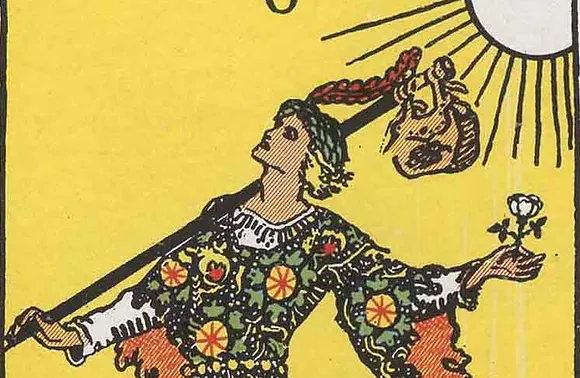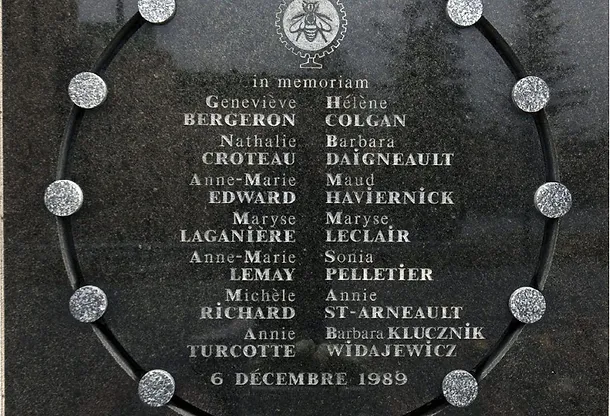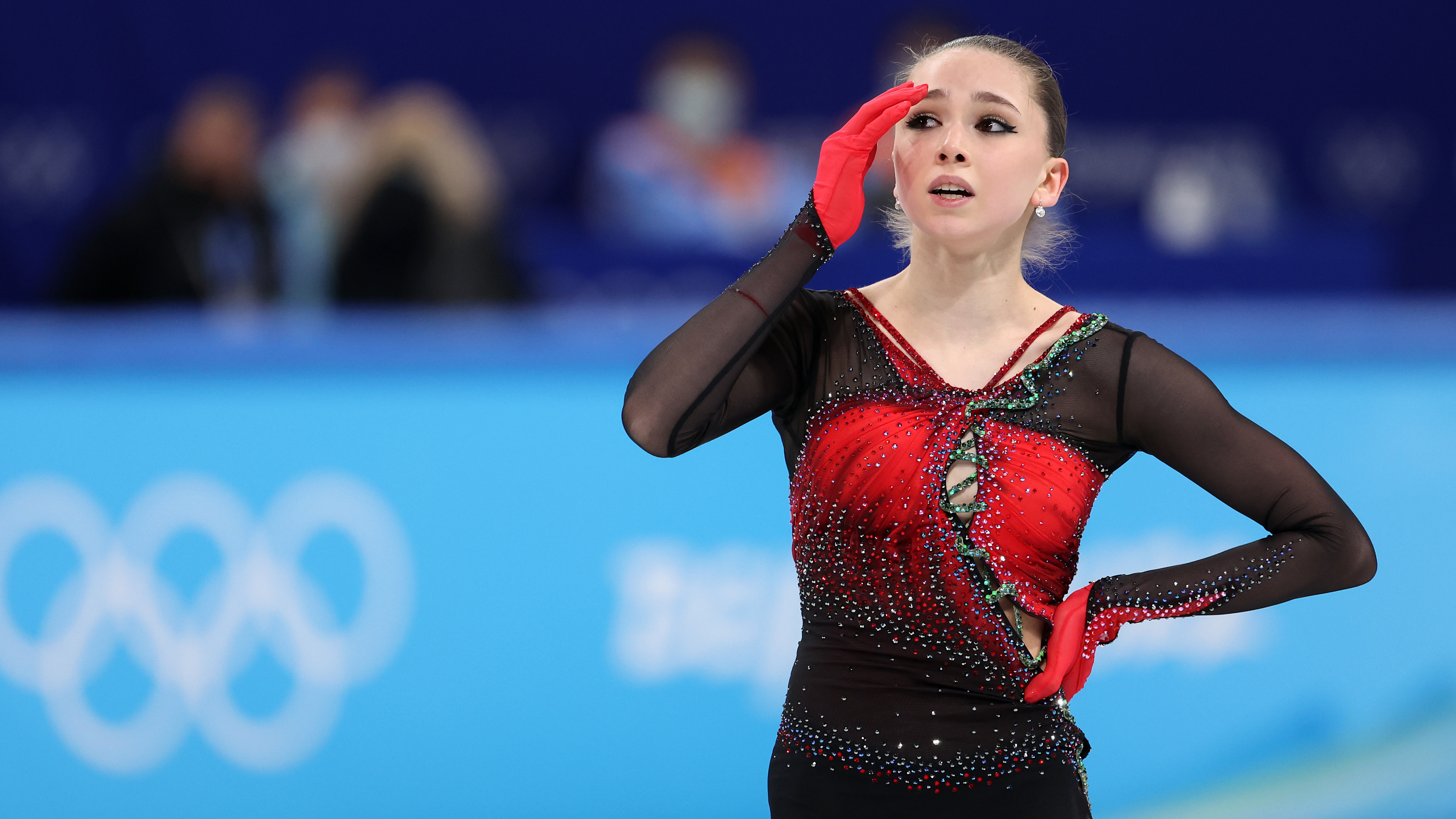
Does Anyone Remember What Happened in Kyrgyzstan in 2020?

Whenever we hear of protests in a non-Western nation, our brains are hard-wired to think that they will end inconclusively, or worse, with only civilian casualties. The developments in Kyrgyzstan in the year 2020, however, have, at least partially, subverted our expectations. If you do not have a special interest in the topic, you have probably heard at some point that there were protests in Kyrgyzstan, and then maybe heard that the prime minister had resigned. Yet, chances are, you do not have a complete understanding of the situation. While it would be overreaching for this article to consider the complex historical and contemporary situations that led to the protests, it is necessary that we give the required amount of context for the following news to make any sense.
First off, Kyrgyzstan is no stranger to political change through unconventional means. That previous sentence is an understatement. To be specific, Kyrgyzstan experienced two revolutions in the span of just five years, and it has only been a decade since the last one. Having two revolutions in five years sounds like something out of 19th century Europe but Kyrgyzstan experienced it in the 21st century. In 2005, the Tulip Revolution took place in Kyrgyzstan in response to increasing authoritarianism in the country and the shady parliamentary elections of 2005. Five years later, in the revolution of 2010, the Kyrgyzstani people once again rose up to protest authoritarianism, this time the country had also been struggling with economic and trade crises. Both revolutions are now considered largely successful and a part of the country’s democratization process.
But why have the latest protests taken place? They must have a reason just like the Tulip Revolution and the Revolution of 2010, right? Well, the common thread of a flawed and corrupt democracy continues. The spark that started it all was the alleged corruption in the 2020 elections, but the actual reasons extend deeper than that. The corruption in the government and the weak response to the recent coronavirus pandemic had been eroding confidence in the government long before the elections went through. It all erupted on the 5th of October, 2020 in the capital Bishkek.
Protesters with numbers in the low thousands started their protests in key locations of the capital. The protests were inconclusive on the first day, however, after just one day, on the 6th of October, protesters took control of the White House and Supreme Council. In addition, protestors also freed former president Atambayev and opposition politician Japarov from prison. In response to the protests, the results of the parliamentary elections were nulled, and the Prime Minister resigned. In the following days, the opposition failed to form a coherent government, with disputes ongoing about the legitimacy of each party’s leader. As the infighting was going on, acting President Jeenbekov declared a state of emergency twice. The first one imposed only a twelve-hour curfew on the 9th, but the second declaration intended to impose a curfew for a week from the 12th of October onwards. Yet on the 15th of October Jeenbekov resigned stating that he did “not want to go down in the history of Kyrgyzstan as a president who allowed bloodshed and shooting on its people.”, and thus, decided to resign.
In the aftermath, opposition leader Japarov claimed that he would become the acting President. With no significant opposition from any other political actor, including the constitutional successor of the position Kanatbek Isaev, the current speaker of the Supreme Council, Japarov was successfully able to gain the title of President. At the time, he was only recognized as Interim President since the elections were nulled and postponed. The elections were scheduled for December at first but were postponed to a date no later than June 2021 in order to move through with constitutional reforms and alleviate coronavirus worries. On the 28th of January, 2021, the elections were finally held and Japarov officially became the President.
With the events of 2020, it seems that Kyrgyzstan has gone through another unconventional governmental experience to add to the pile. Only time will show whether Japarov will make a better president than Jeenbekov and whether it was worth all the struggle. However, even before that time, we can say that Kyrgyzstani people have once showed the world their rebellious side. Surely, all these closely packed revolutions and protests will inevitably become a very intriguing topic for historians and political analysts in the coming years. Yet, at this time, we can only congratulate the protestors for their endurance and bravery.





